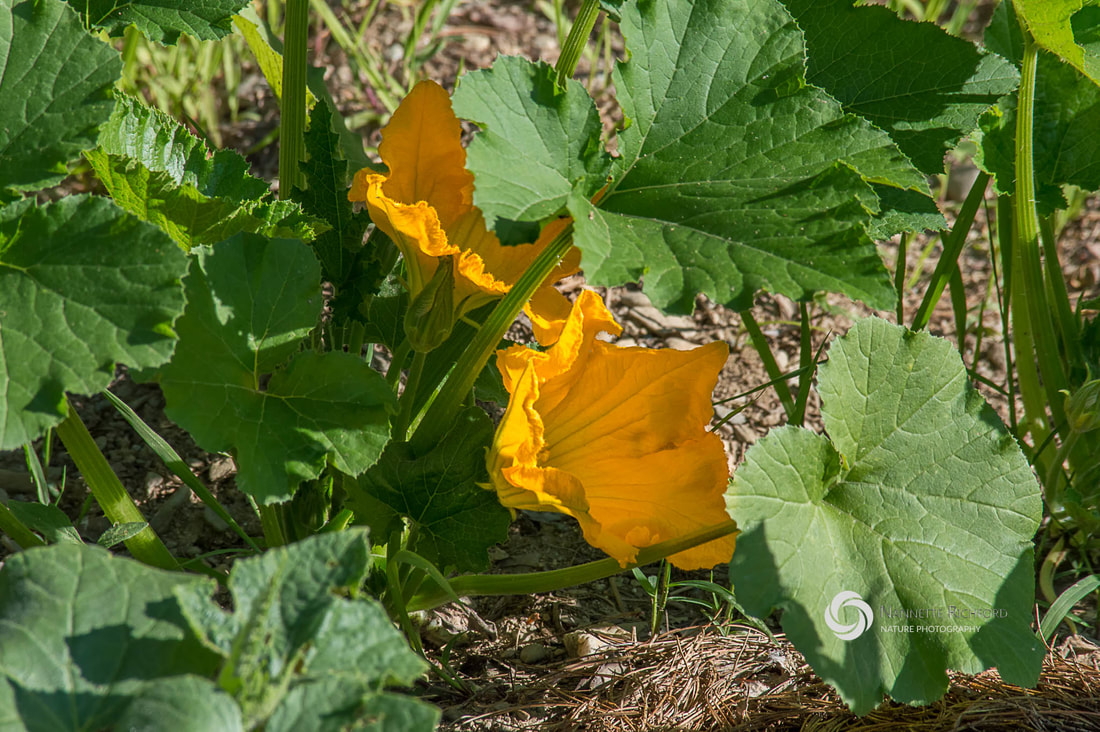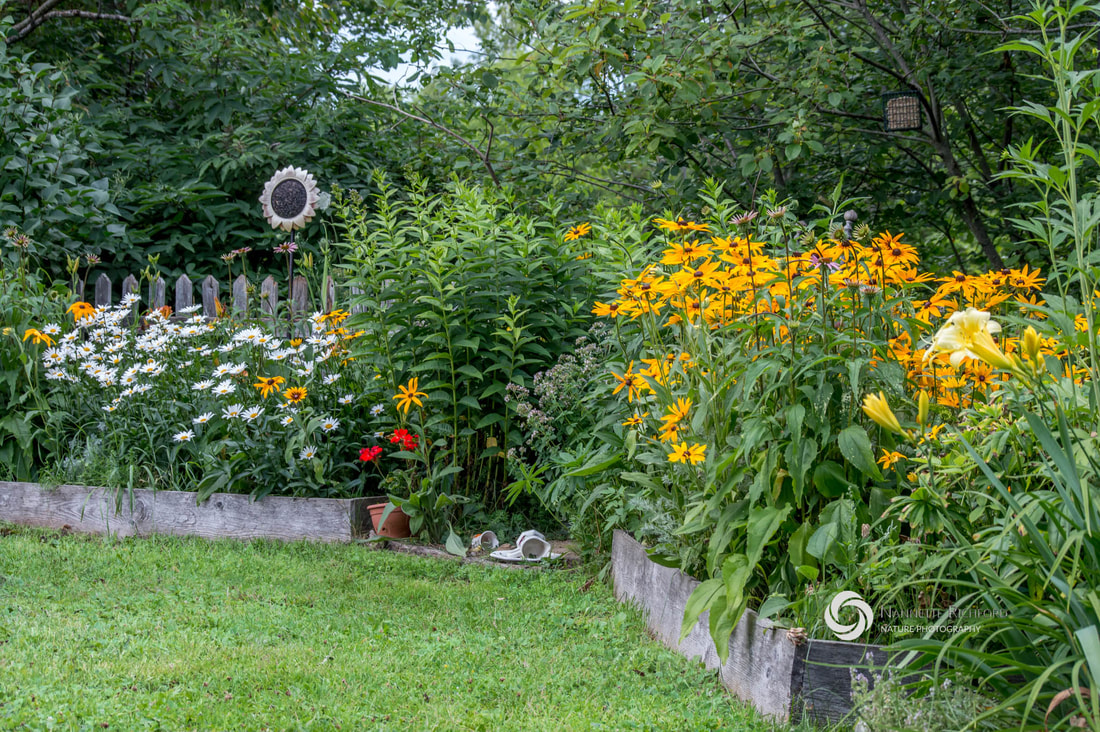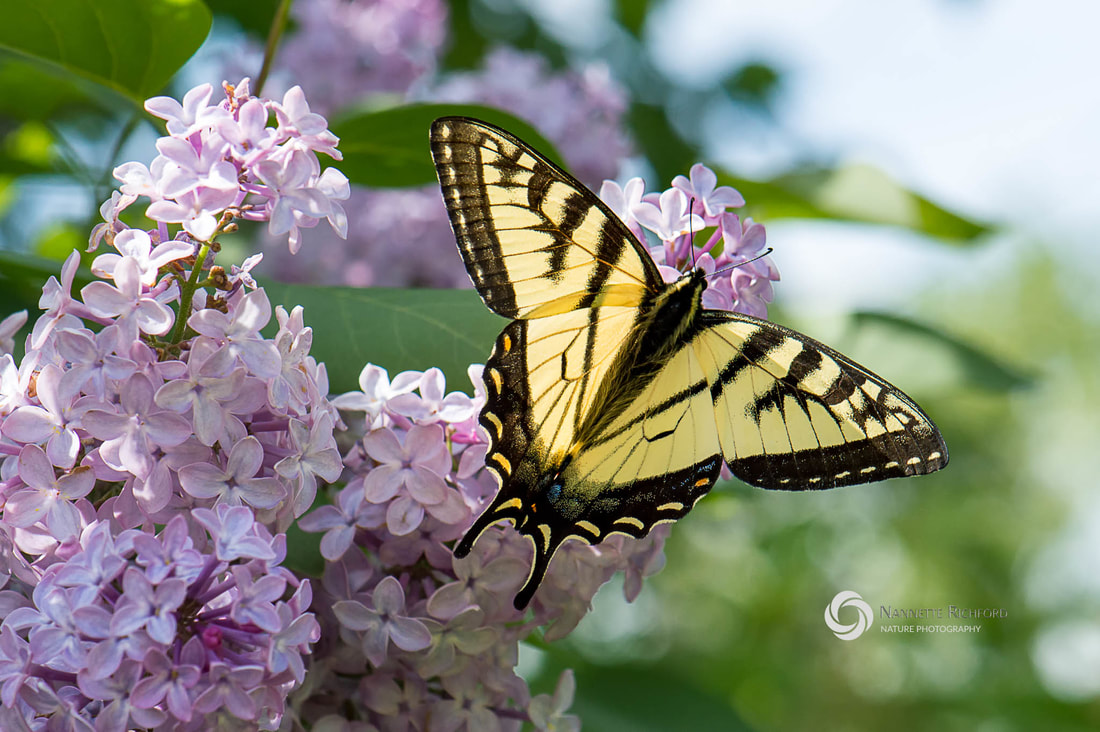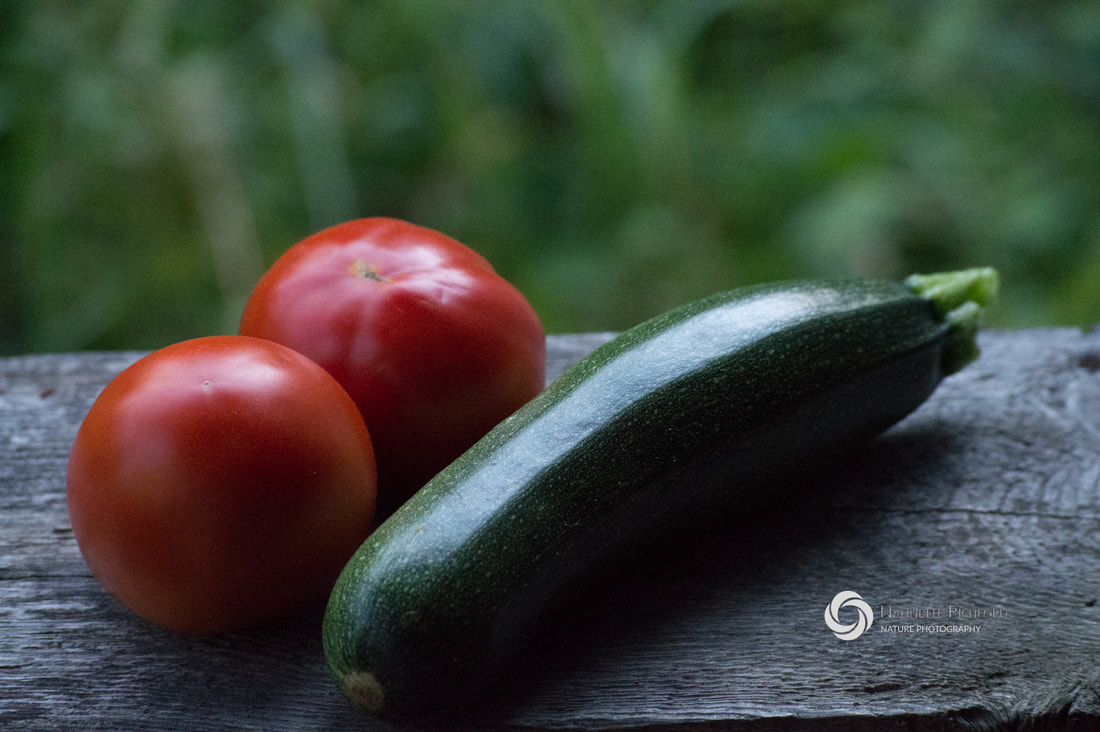- Home
- Garden Thyme Blog
- Themes
- Flowers
-
Veggies
-
Warm Season Vegetables
>
- About Beans >
- About Corn >
- Cucumbers >
- Melons
- Peppers >
- Squash >
-
Tomatoes
>
- How to Harden Off Tomato Plants
- How (and when) to Prune Tomatoes
- Magnesium Sulfate (Epsom Salt) for Tomatoes
- Blossom End Rot in Tomatoes
- Growing Cherry Tomatoes in Hanging Baskets
- 4 Best Tomatoes for Short Seasons - Early Tomatoes
- 5 Early Maturing Tomatoes for Short Season Gardening
- How to Ripen Green Tomatoes
- How to Make Sun-Dried Tomatoes at Home
- How to Grow a Pomato Plant
-
Cool Season Vegetables
>
-
Warm Season Vegetables
>
- Herbs
- Gardening Basics
- Garden Pests
- Birds
- Fiddleheads and Fairies
- About Us
- Contact Us
- How to Marinate Roasted Vegetables
|
Let's face it. Most of us garden because we love to watch things grow and like to think we have a hand in the process. Naturally, it makes us feel good to see the fruit of our labor and to get out in the fresh air and sunshine. What you may not know is that gardening provides a host of health benefits you might not have thought about before. Consider these proven benefits to gardening. Relieves StressWe all experience stress in our daily lives and gardening is one way to relieve it. According to CNN Health, a study completed in the Netherlands actually measured the stress hormone cortisol in two groups of subjects instructed to either read or garden for 30 minutes. Gardening reduced cortisol levels more than relaxing with a good book. High cortisol levels caused by stress are known to contribute to increased blood pressure, high blood sugar and insulin resistance, suppress the immune system and cause fatty deposits in the face, neck and abdomen. Lowering your cortisol levels will improve your health and may even help you lose few pounds. Gardening is a good way to relieve stress and reduce cortisol levels. Improves Mental HealthGardening has also been shown to improve mental health, specifically by alleviating depression and reducing anxiety. While there may be a number of reasons why gardening might elevate mood and relieve symptoms of depression, such as exposure to new experiences and working out in the fresh air and sunshine, there may be another reason. Soil contains a harmless bacteria, Mycobacterium vaccae , that stimulates the release and metabolism of serotonin in the brain. This stimulates the area of the brain that controls mood and cognitive functioning. Digging in the soil and contacting soil that contains Mycobacterium vaccae is like getting a mini-boost of serotonin-boosting antidepressants. As an added bonus, food grown and eaten straight from the garden contains this beneficial bacteria, too. Perhaps this explains why so many gardeners enjoy a tasty snack of fresh veggies while working in the garden. Combats DementiaStudies on people in the 60's and 70's suggest that those who garden are less likely to suffer from dementia by an amazing 36 to 47 percent. (CNN Health) These results are likely due to a combination of effects, such as exercise, experiencing new things and perhaps getting a good dose of beneficial bacteria. Improves NutritionNearly everyone knows that eating fresh fruits and vegetables is good for you. When you grow them yourself you also control whether they are exposed to pesticides or other chemicals. But that's not the only benefit to eating fresh fruits and veggies from the garden.
Promotes EarthingIf you are into the New Age practice of Earthing, you will be happy to learn that gardening is a natural form of earthing. Earthing refers to the practice of going barefoot or otherwise making contact with the earth without artificial barriers (like the rubber soles on your shoes) between you and the earth..
Earthing is thought to draw negative ions from the earth to re-balance the body by evening out positive and negative charges in the body and restoring your body to its natural state. According to supporters of Earthing, our bodies are filled with positive ions, mainly from free radicals caused by food additives or other environmental sources. These positive ions can lead to inflammation, pain and disease. The earth, on the other hand, is a natural source of negative ions. If your body (with a positive charge) contacts the earth (with its negative charge) energy from the earth is drawn into the body to neutralize your body's energy. Earthing is thought to bring a host of health benefits from feeling better and experiencing more joy and happiness to eliminating pain and inflammation and other health ailments..
0 Comments
Leave a Reply. |
For more nature photography, check out my photography site.
|
Copyright © 2014 Nannette Richford
- Home
- Garden Thyme Blog
- Themes
- Flowers
-
Veggies
-
Warm Season Vegetables
>
- About Beans >
- About Corn >
- Cucumbers >
- Melons
- Peppers >
- Squash >
-
Tomatoes
>
- How to Harden Off Tomato Plants
- How (and when) to Prune Tomatoes
- Magnesium Sulfate (Epsom Salt) for Tomatoes
- Blossom End Rot in Tomatoes
- Growing Cherry Tomatoes in Hanging Baskets
- 4 Best Tomatoes for Short Seasons - Early Tomatoes
- 5 Early Maturing Tomatoes for Short Season Gardening
- How to Ripen Green Tomatoes
- How to Make Sun-Dried Tomatoes at Home
- How to Grow a Pomato Plant
-
Cool Season Vegetables
>
-
Warm Season Vegetables
>
- Herbs
- Gardening Basics
- Garden Pests
- Birds
- Fiddleheads and Fairies
- About Us
- Contact Us
- How to Marinate Roasted Vegetables





